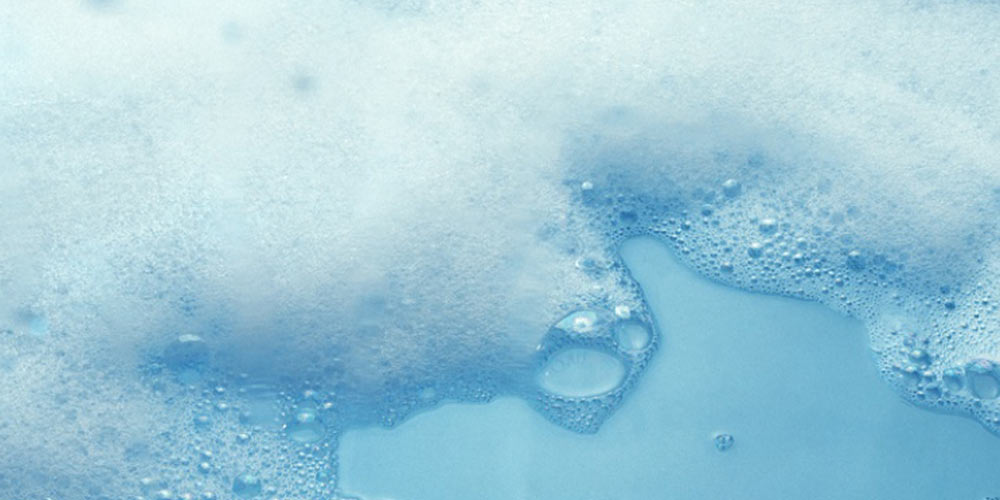The Role of Defoamers in the Chemical and Food Processing Industries
The Role of Defoamers in the Chemical and Food Processing Industries
Blog Article
The Function of Defoamers in Enhancing Item Quality and Performance
Defoamers offer as necessary ingredients that alleviate this problem, making sure smoother manufacturing operations while enhancing the useful and aesthetic qualities of the last products. The selection of the ideal defoamer can be critical to attaining optimal outcomes, raising important concerns regarding solution compatibility and efficiency metrics that merit more expedition.
Comprehending Defoamers
Recognizing the role of defoamers is important for keeping item quality throughout various markets. Defoamers are chemical additives made to prevent the development and decrease of foam in liquid systems, which can adversely influence processes such as blending, loading, and surface stress. Lathering can result in inadequacies, product flaws, and endangered aesthetic appeal, making defoamers an essential element in making operations.
In industrial applications, defoamers help to improve product consistency and stability. The efficient use of defoamers not just guarantees smoother production procedures yet likewise contributes to superior product performance.
Additionally, the option and formula of a defoamer should straighten with specific application requirements, such as compatibility with various other ingredients, efficiency under varying temperature level and pH problems, and possible regulative restraints. Ultimately, comprehending defoamers' features and their significance in various formulas is important for maximizing manufacturing and making sure the highest possible high quality final product.
Kinds Of Defoamers
Defoamers can be categorized into numerous kinds based upon their composition and mechanism of activity. The main types consist of silicone-based, non-silicone organic, and not natural defoamers.
Silicone-based defoamers are amongst one of the most effective, primarily due to their capacity to spread swiftly on the fluid surface area and disrupt foam development. Their distinct chemical framework permits remarkable stability, making them ideal for high-temperature applications and atmospheres with varying pH degrees.
Non-silicone organic defoamers, commonly made up of fatty acids or natural oils, are valued for their biodegradability and lower poisoning. These are typically made use of in food and drink applications where safety and environmental influence are paramount.
Not natural defoamers, which consist of materials like talc or calcium carbonate, act by increasing the thickness of the fluid, thus reducing foam stability. They are frequently made use of in commercial procedures where compatibility with various other materials is not an issue.
Each kind of defoamer has distinctive benefits and limitations, enabling customized services relying on the certain foaming problems come across in various applications. Comprehending these differences is critical for maximizing performance and accomplishing desired item high quality.
Applications Throughout Industries
Numerous markets take advantage of defoamers to improve item quality and operational efficiency. In the food and drink market, defoamers are vital in processes such as developing and milk production to avoid foam development, which can cause inadequacies and item variance. By managing foam, producers can ensure far better yield and a much more uniform product.
In the pharmaceutical sector, defoamers play an essential function in the formula of liquid medicines, where excessive foam can hinder mixing and precise application. Their usage helps preserve the honesty of the solutions and facilitates smoother production procedures.
The paint and coatings industry additionally counts on defoamers to improve the efficiency of items throughout application. By decreasing foam, these additives make sure a smoother surface and improve the aesthetic top qualities of the end product.

Advantages of Utilizing Defoamers
While the application of defoamers varies throughout sectors, their benefits constantly enhance product high quality and process performance. One substantial benefit is the decrease of foam development during producing procedures, which can otherwise cause production hold-ups and disparities in item top quality. read this post here By minimizing foam, defoamers make it possible for a smoother flow of products, assisting in a lot more reliable procedures and lowering the possibility of devices breakdowns.
Furthermore, using defoamers can improve the appearance and texture of final products. In markets such as finishings, paints, and food handling, excessive foam can endanger the visual looks and total high quality, while the ideal defoamer application makes sure an uniform finish and desirable characteristics. Moreover, defoamers can add to cost savings by decreasing waste during production and enhancing the usage of resources (defoamers).

Choosing the Right Defoamer
Picking the Full Article best defoamer is essential for enhancing manufacturing procedures and ensuring item top quality. The selection of defoamer influences not just the effectiveness of foam control yet additionally the total performance attributes of the last product. Variables to consider consist of the kind of application, the chemistry of the formulation, and the environmental problems under which the item will be used.
Various markets may need certain defoamer types, such as silicone-based, organic, or polymeric defoamers. Understanding the compatibility of the defoamer with the primary components is necessary to avoid adverse responses that could endanger product honesty. Additionally, the defoamer's effectiveness in various temperatures and pH degrees have to be evaluated to make certain regular efficiency.
Examining the defoamer in small applications can give valuable understandings right into its efficiency and suitability. Consideration of regulatory conformity, especially in food, pharmaceuticals, and cosmetics, is critical in selecting a defoamer. Ultimately, a comprehensive evaluation of these variables will certainly cause the option of a defoamer that not just regulates foam successfully but additionally improves the top quality and efficiency of the end product.
Final Thought

Finally, defoamers are important ingredients that dramatically enhance item top quality and efficiency across different industries. By efficiently decreasing foam formation, these agents not just enhance operational performance yet additionally contribute to the useful and visual honesty of products. The strategic choice and application of defoamers cause set you back financial savings, optimized source usage, and boosted client complete satisfaction. In general, the significance of defoamers in commercial processes can not be overemphasized, as they play an essential duty in attaining consistent and top quality results.
Frothing can lead to inefficiencies, item defects, and jeopardized aesthetic charm, making defoamers an important element in making operations.

Report this page